Retainers
Orthodontic treatment does not end immediately after the removal of braces, aligners and any other orthodontic structures. Without follow-up measures, all achieved results may disappear in a few months.
The installation of retainers helps to avoid this. In particular, they are intended to correct curvatures of the dentition and bite.

specialists

equipment

treatment
Types of retainers
There are 2 types of arches - removable and fixed. Removable ones include stabilization plates, mouth guards and positioners.
Removable retainers
A stabilization plate made of plastic and a metal arch is usually fixed on the upper teeth. Sometimes it is adapted for the lower chewing elements.
A stabilization cap, formed of transparent plastic, is installed on the upper and lower dental arches. Unlike a plate, a cap has less effect on speech, has better aesthetics and holds the lower incisors more effectively
Fixed retainers
This type is a closed arch, attached to each tooth with a filling mass. The fixed device maintains a stable position of single-root teeth.
Indications and contraindications for installation
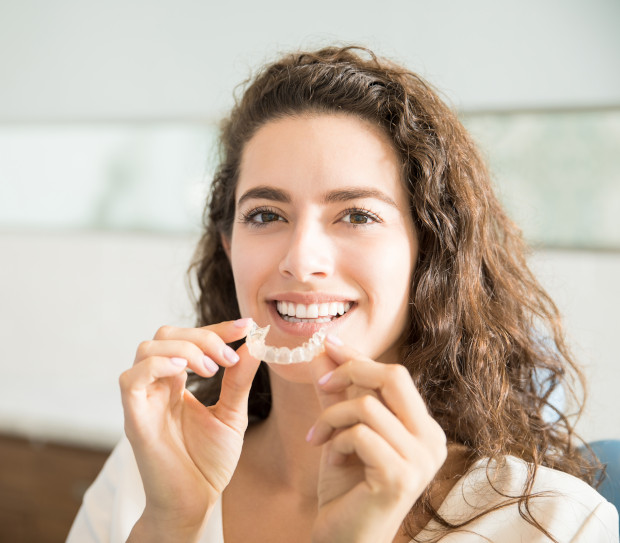
Arches preserve aesthetics, prevent the formation of gaps between teeth and eliminate the risk of changing their position. Structurally, they are a metal wire. It is fixed on the lingual side of the teeth (inner surface) - thus it remains invisible from the outside.
The main indications for installing such a device:
- The presence of prerequisites for crowding of teeth or their displacement
- The need to hold the teeth in the desired position (in particular, this is important when preparing for prosthetics)
- The risk of gaps appearing after restoration or extraction of a tooth
The products are not installed against the background of caries and allergic reactions to the materials used. Other contraindications include insufficient oral hygiene and damage to the enamel.
Answers to popular questions
Features of bite correction with retainers
Fixed stabilization devices can be permanently installed. Removable ones are usually worn during the day or at night (as directed by a doctor).
How long should you wear retainers?
The duration of using stabilization devices depends on the complexity of the case. The exact period is determined by the orthodontist.
Usually, the period of wearing arches is twice as long as the period spent in braces. Thus, if good braces were used for 2 years, stabilization devices are installed for 4 years.
What Doctors Think About the Impact of Wisdom Teeth on Retainers
“When the “eight” erupts, many people wonder if it will shift the teeth held by retainers. Usually, the upper wisdom teeth grow in an arch and have enough space. The lower wisdom teeth are also unlikely to cause any discomfort. However, to give an accurate answer, it is necessary to analyze the entire dental system during an in-person examination.
If wisdom teeth do not cause discomfort and do not threaten the bite, it is better not to touch them. However, at the first signs of tooth displacement, they should be removed. Otherwise, wearing retainers will be very uncomfortable.
Our clinic (Moscow) installs retainers at affordable (below average) prices and provides many other services. To make an appointment with a doctor, use the application form. Check the cost of installing retainers with the manager of the medical center.
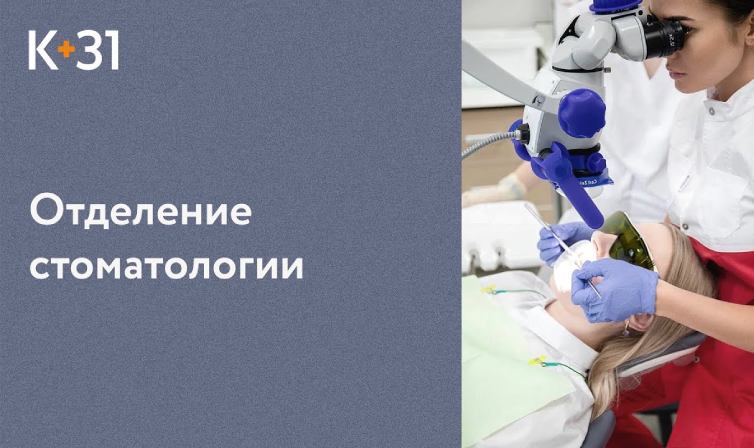
Modern methods of diagnostics and dental treatment at "K+31"

This award is given to clinics with the highest ratings according to user ratings, a large number of requests from this site, and in the absence of critical violations.

This award is given to clinics with the highest ratings according to user ratings. It means that the place is known, loved, and definitely worth visiting.

The ProDoctors portal collected 500 thousand reviews, compiled a rating of doctors based on them and awarded the best. We are proud that our doctors are among those awarded.
Make an appointment at a convenient time on the nearest date
Price
Other Services






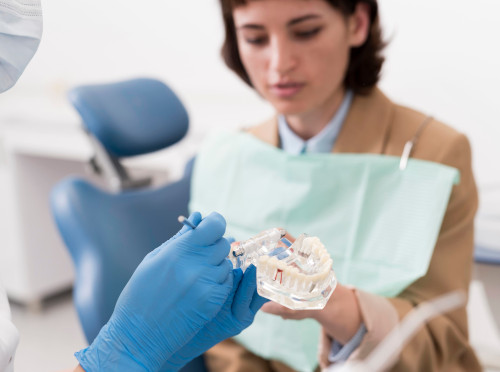
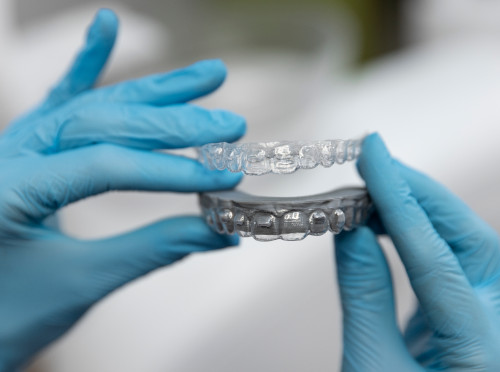
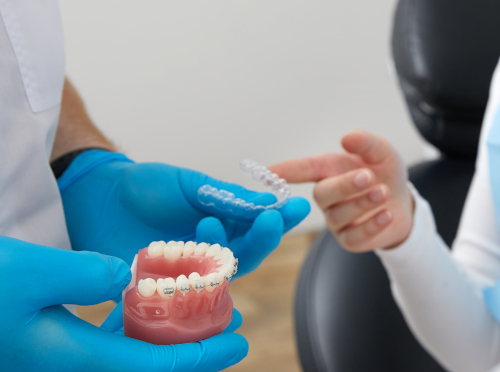

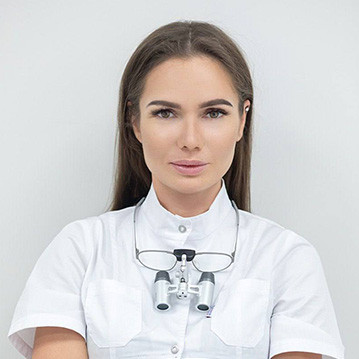

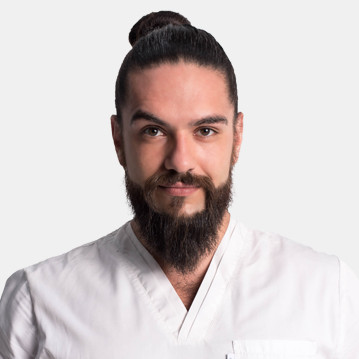

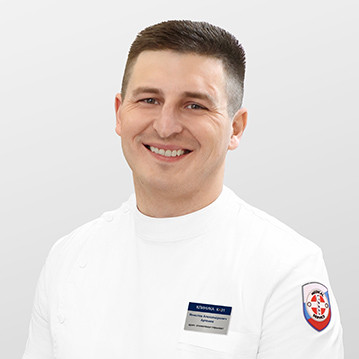

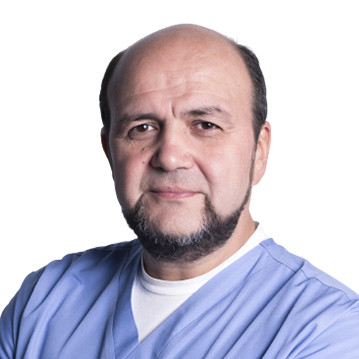



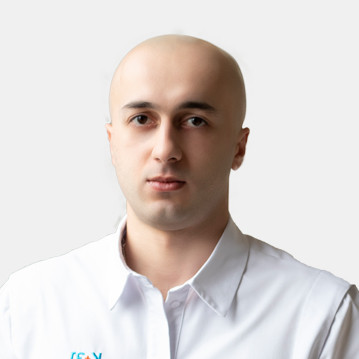



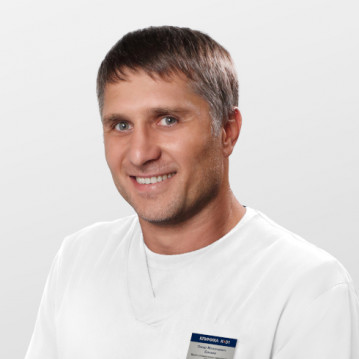

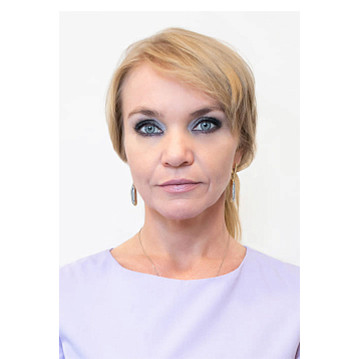

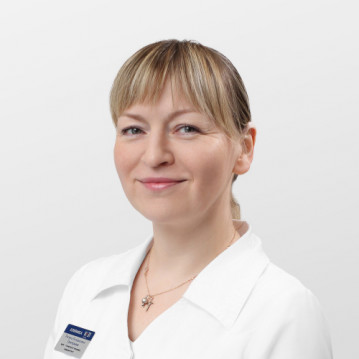



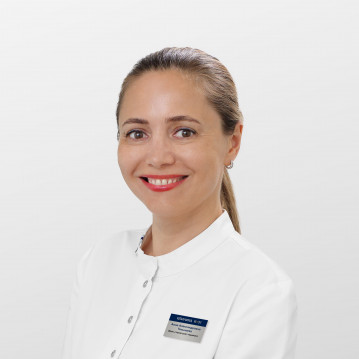


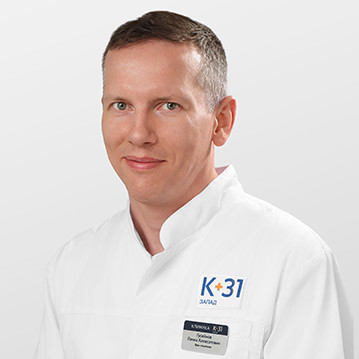



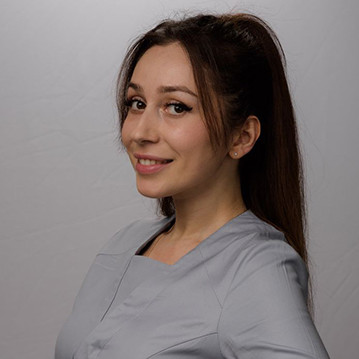



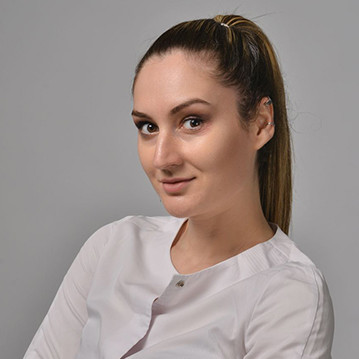

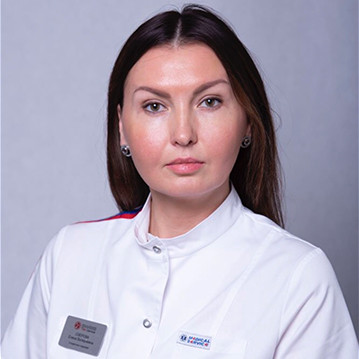









What are dental retainers?
The dentoalveolar system is a changeable structure. Often after tooth extraction, adjacent chewing elements begin to shift towards the vacated space. This ability of teeth to “migrate” in bone tissue is the basis for correcting defects of the dentoalveolar system.
Bite correction involves the gradual movement of teeth to their natural position. However, without good stabilization, the chewing elements return to their original position. To prevent such a problem, retainers (arches) are used. They can be removable and non-removable. Arches securely fix the teeth in the desired position.